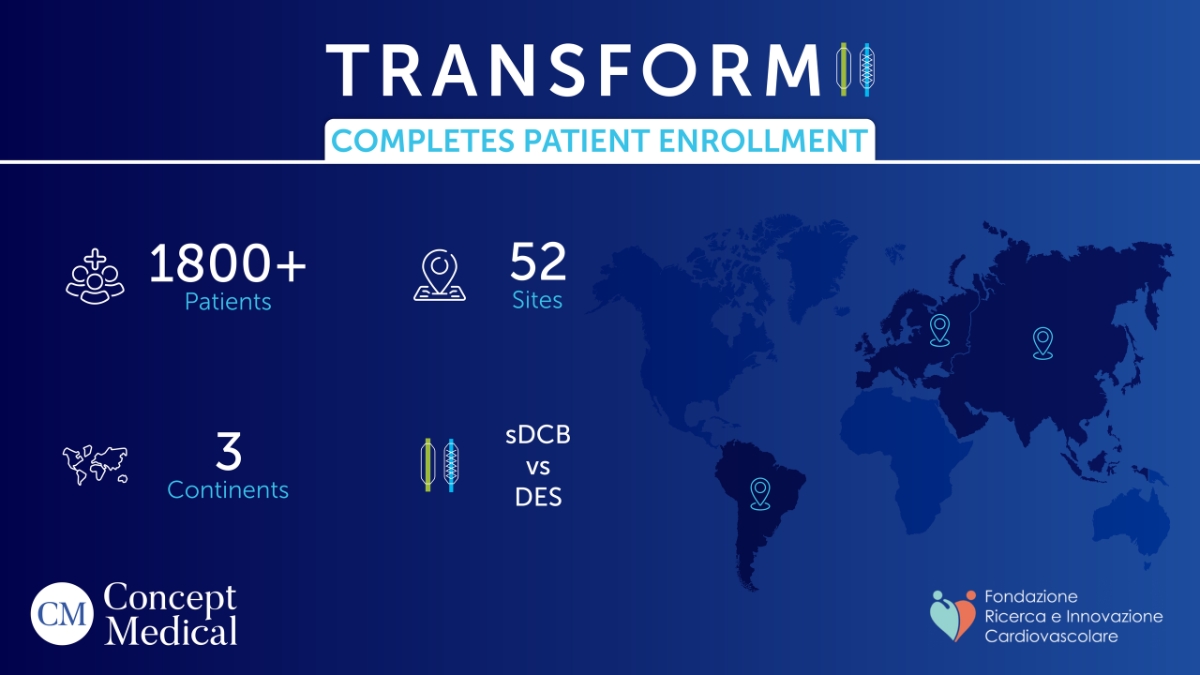A platform for budding startups to spearhead their way in the right direction – PNN Digital

New Delhi (India), January 18:
Prospects
• 3.4 percent of the global economy is dependent on aviation. (FICCI-India-Aviation-Report 2016)
• India will become the third-largest global aviation market with 478 million passengers by 2036. According to the DGCA report, the construction of the airport and related infrastructure will naturally require an investment of $45 billion.
• From FY 16 to FY 22, air cargo in India grew at a CAGR of 2.52% to 3.14 MMT from 2.7. The government is committed to increasing air cargo bandwidth to 17 MMT by 2040.
• Total opportunity for airport retail sales to grow from an estimated market size of $1.4 billion in 2019 to an estimated $9.3 billion by 2030, said global property consultancy Knight Frank India. The real estate opportunity for airport operators in India is estimated to be $1.6 billion by 2030. Duty-free retail, which currently accounts for 50% of total retail opportunities at $0.7 billion, is expected to grow to $2 billion by 2030, one says. Study ‘catch them moving’ through a consulting firm.
• Development of new airports in any area is likely to boost the real estate development of the city. The presence of the airport will enhance the city’s image as a business destination, thus increasing the demand for commercial real estate. Moreover, more commercial activity in an area means higher employment opportunities, which increases the scope for direct rental housing.
• The aviation industry directly employs 8.7 million people and creates 9.7 million indirect jobs through the purchase of goods and services. Companies in their supply chain, 4.6 million induced jobs through the cost of aviation industry personnel and 35 million direct and indirect jobs through the catalytic effect of air transport on the tourism sector. (FICCI-India-Aviation-Report 2016)
• Tourism plays a major role in the global economy. It supports 319 million jobs. It is estimated that 19.6 million jobs in tourism globally are supported by spending by overseas visitors by air. By 2029, the World Travel and Tourism Council expects tourism to provide 421 million jobs globally.
Navi Mumbai International Airport
Land area
- 1,160 ha (11.66 sq km)
- Conceptualized in 1999, work started in 2017, and completion December 2024
Total Investment:
- 8625 crore, Adani Equity Infusion: Rs. 1710 Crore, Term Loan Secured: Rs.2900 Crore, CIDCO’s Equity Contribution: Rs. 3655 crore, Adani and CIDCO additional investment: Rs. 1511 crores
Capacity:
Phase 1: 25 million passengers per year. Ultimate capacity
Phase 3: 90 million passengers annually. And
2.5 million tonnes of cargo per year by 2032
Impact on demand-supply dynamics: MMR will add 40% more passenger handling capacity
Economic growth:
(By ICAO) Output Multiplier: 3.25
Employment Generation:
- Airports contributed to 840,800 jobs (0.18% of employment in India in FY 2009-10).
- According to a study by the International Civil Aviation Organization (ICAO), the output multiplier and employment multiplier are 3.25 and 6.10 respectively. This indicates that every Rs 100 spent on air transport contributes Rs 325 in benefits and every 100 direct jobs in air transport generate 610 jobs in the economy.
- CIDCO estimates that the airport will boost employment in sectors such as logistics, trading-forwarding, hospitality, luxury product manufacturing, BPO, etc., and help create over 400,000 direct and indirect jobs.
Connectivity
- Accessible distance from Taloja Industrial Park (13 km) and JNPT Port (16 km) which will further enhance its economic importance. Line 1 of Navi Mumbai Metro (operational from 17 November 2023)
- Mumbai Trans Harbor Link (MTHL), Line 8 of the proposed Mumbai Metro, and the upcoming Mumbai-Hyderabad High-Speed Rail Corridor
Infrastructure investment
- Berkshire Hathaway tied up with MMRDA (on behalf of the Government of Maharashtra) to develop a 1,000-acre smart city near Navi Mumbai Airport. As part of this agreement, the firm will help develop an entire ecosystem for industrial, commercial, and residential development.
- A wide range of greenfield developments such as roads, sewage systems, metro lines, retail hubs, etc.
Modern technology
- According to the 2023 announcement, the airport will use solar energy on a large scale with the installation of solar panels throughout the premises.
Real Estate
- Property prices will increase by around 10-15% annually. Nearby major markets like Ulve, Panvel, Kharghar, etc.
Tourism
- Karnala Bird Sanctuary and the vast Karnala Ecozone are 30 minutes away from the airport location. Eco Reserve (43 sq km) with many forts, hills, and cultural sites.
Social Impact:
- Cleared 3070 constructions from the proposed Navi Mumbai International Airport (NMIA) site, took over 10 villages in Panvel taluka of Raigad district resulting in the resettlement of more than 5000 families from these villages. Public buildings, churches as well as 56 temples of public and private ownership have been shifted to rehabilitation areas and idols have been respectfully moved with the help of PAPs. A total of 27 structures including community temples, schools, and graveyards have been evicted.
- Destruction of mangroves can have a significant impact on populations dependent on fisheries as a livelihood. As the Karawang Mangrove Destruction Study revealed, the average monthly fishing income dropped to Rs. 667,562, just 33.89% of the income before losses.
If you have any objection to this press release content, kindly contact pr.error.rectification@gmail.com to notify us. We will respond and rectify the situation in the next 24 hours.

Atul Tiwari is a seasoned journalist at Mumbai Times, specializing in city news, culture, and human-interest stories. With a knack for uncovering compelling narratives, Atul brings Mumbai’s vibrant spirit to life through his writing.





